The Swiss railway system stands as one of humanity’s greatest engineering achievements—a network of tracks winding through seemingly impossible mountain terrain. Yet many travelers board these trains without realizing how to maximize what could be among their most memorable travel experiences.
Here is a list of 13 strategies that transform a Swiss Alpine train journey from mere transportation into an extraordinary adventure.
Choose Panoramic Trains Strategically
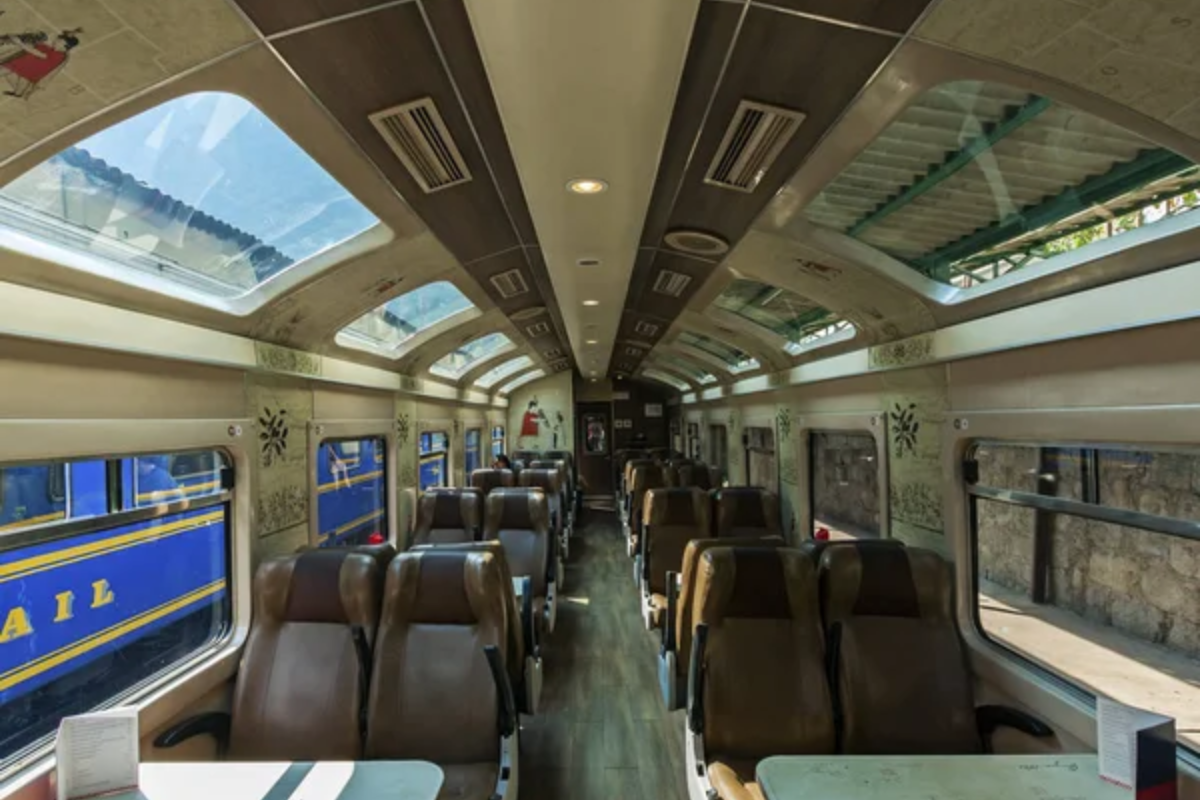
The official panoramic routes feature specialized carriages with dramatically enlarged windows and glass ceiling sections designed specifically for Alpine viewing. The Glacier Express connects St. Moritz and Zermatt through 291 bridges and 91 tunnels, spanning over eight hours of continuously changing landscapes.
The Bernina Express traverses the highest railway crossing in Europe with open-air observation cars during the summer months. The GoldenPass Line offers three distinct sections with different scenic highlights rather than a single long journey.
These premium services require advance seat reservations but deliver experiences impossible on regular trains traversing similar routes.
Sit on the Correct Side
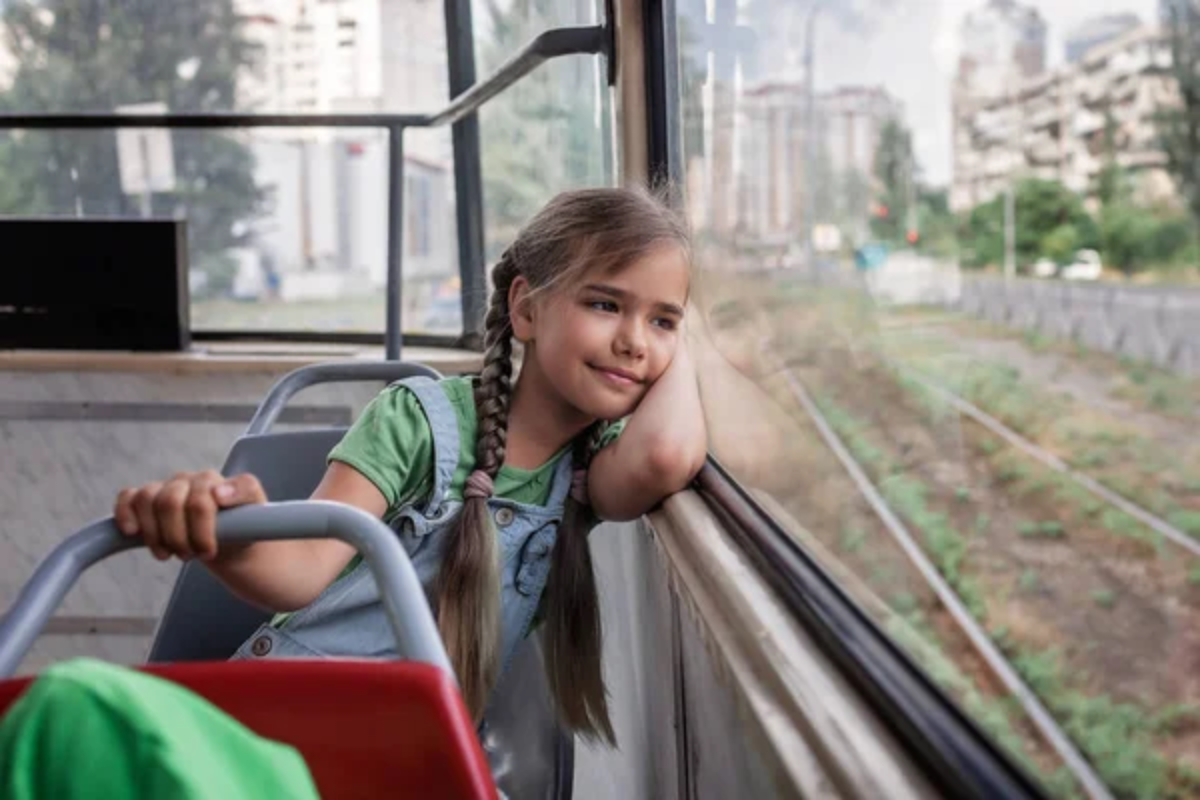
Train routes through the Alps feature dramatically different views from right versus left windows—a fact rarely mentioned in guidebooks. South-facing seats receive better lighting for photography throughout the day while avoiding harsh shadows on mountains.
The right side heading east from Montreux provides superior Lake Geneva views before transitioning to valley vistas. On the Glacier Express, right-side passengers between Chur and Brig enjoy the most dramatic gorge views.
When booking assigned seats, railway websites often indicate the scenic side through small camera icons on seating charts.
Like Travel Pug’s content? Follow us on MSN.
Download the SBB Mobile App

The Swiss Federal Railways app provides far more than schedules and tickets. The interactive route maps show exactly where trains are located in real time alongside elevation profiles.
The app identifies upcoming landmarks through unobtrusive notifications rather than requiring constant guidebook consultation. Platform information updates instantly when track changes occur—particularly valuable when making tight connections between scenic routes.
The offline functionality continues working through mountain tunnels where cellular service disappears. The journey planner specifically highlights scenic sections worth watching for.
Pack Train-Friendly Picnics
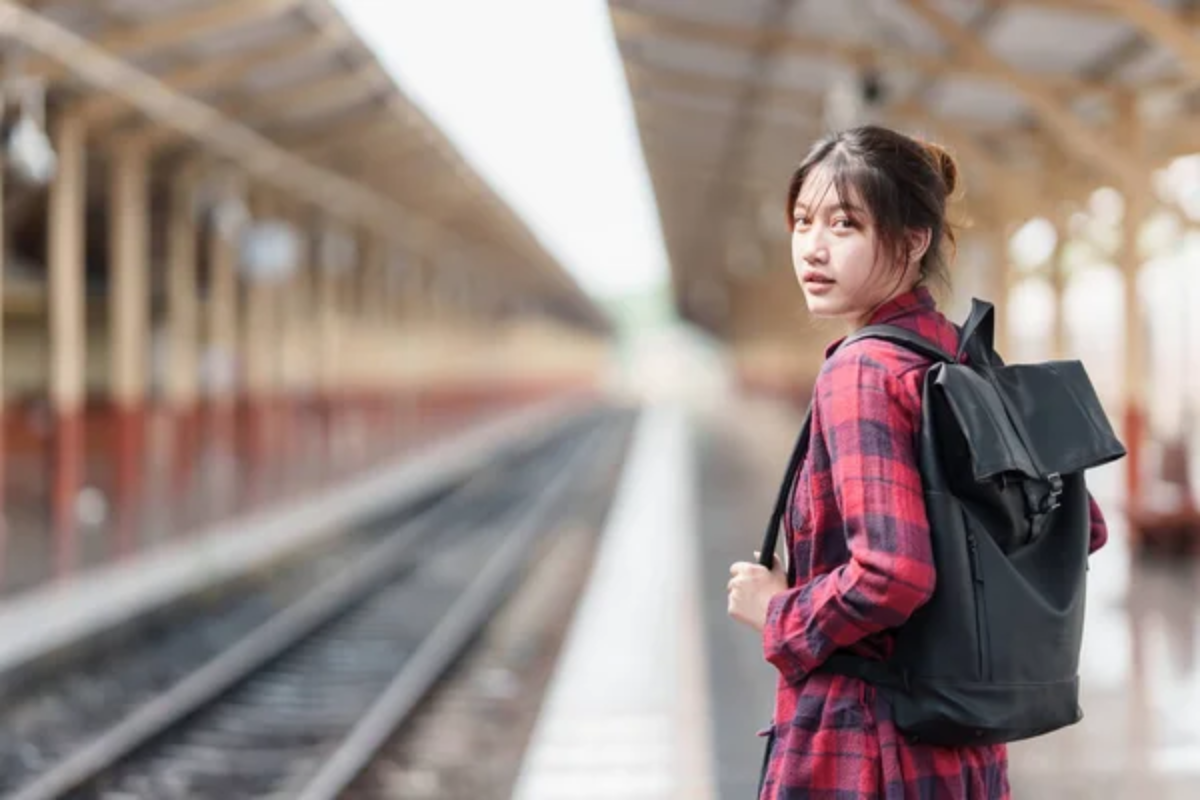
While dining cars offer passable meals, local delicatessens near departure stations provide superior picnic alternatives featuring regional specialties. Hard mountain cheeses, dried meats, and dark bread travel well without refrigeration during day journeys.
Wine shops often stock quarter-bottles of regional wines with screw caps designed for travel consumption. Reusable containers prevent awkward waste management on trains with limited disposal facilities.
A thoughtfully assembled picnic transforms mealtime into another opportunity for a regional cultural experience rather than a distraction from the scenery.
Consider Half-Fare Cards
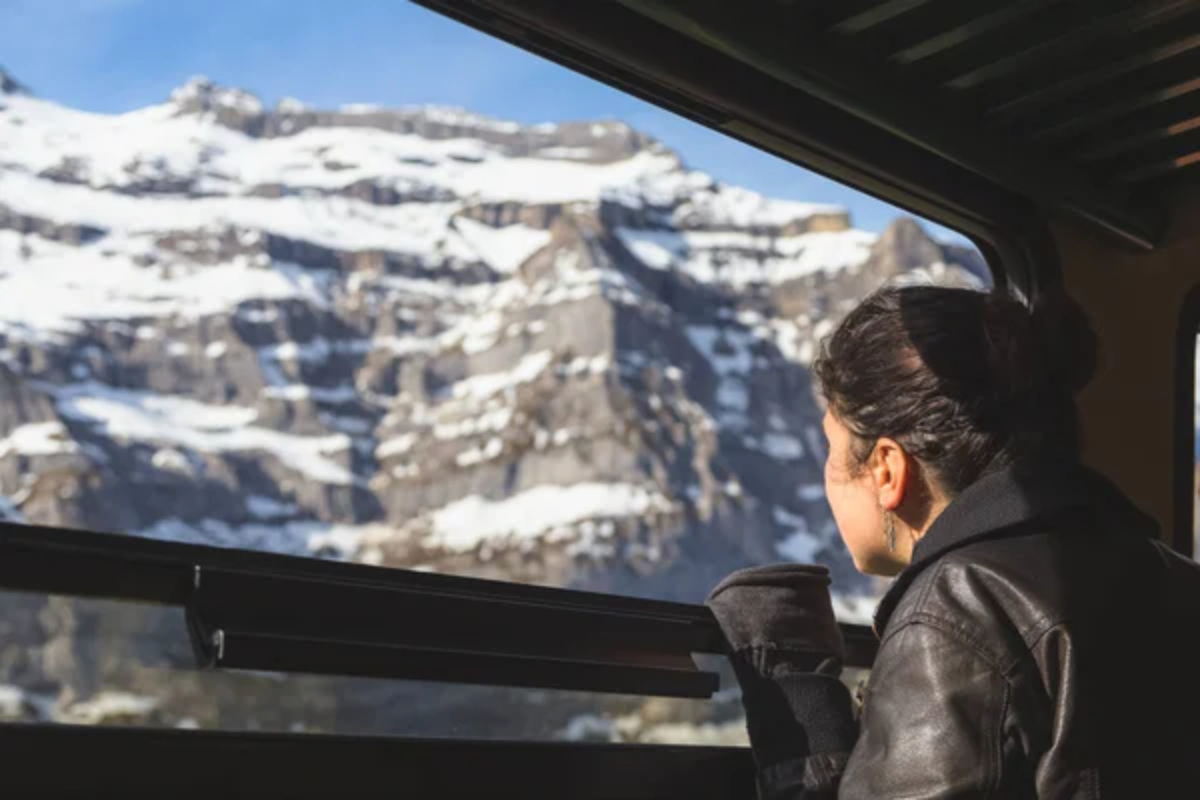
The Swiss Half-Fare Card reduces all railway tickets by 50% for a fixed monthly price, far less than the savings realized after just two or three major scenic routes. The card applies to lake steamers and mountain funiculars offering different Alpine perspectives between train journeys.
Regional day passes become remarkably affordable with the half-fare discount applied. Unlike the Swiss Travel Pass, the Half-Fare Card allows mixing premium panoramic trains with standard services to maximize value.
The card delivers substantial savings even for travelers with just one week in Switzerland.
Like Travel Pug’s content? Follow us on MSN.
Break Long Journeys Strategically

Rather than riding panoramic routes directly from terminus to terminus, intermediate stops transform the experience from passive observation to active exploration. The village of Pontresina offers remarkable hiking directly from the Bernina Express route without requiring lengthy transfers.
The medieval town of Thusis provides an ideal overnight break on the Glacier Express route with walking access to the spectacular Viamala Gorge. The strategic overnight stops allow experiencing the same route sections in different lighting conditions.
Multiple shorter journeys reduce fatigue compared to eight-hour continuous train rides.
Ride Standing in Vestibules

The connecting areas between Swiss train carriages feature large windows that open partially—the only place on modern trains allowing unobstructed photography without glass reflections. Conductors generally permit passengers to stand in these areas outside peak travel times when not blocking passenger movement.
The open windows allow capturing the sounds of mountain streams and waterfalls alongside the visual experience. The vestibules provide welcome temperature regulation during summer months when panoramic windows create greenhouse effects.
These areas offer excellent photography positions without requiring premium seat reservations.
Travel During Shoulder Seasons
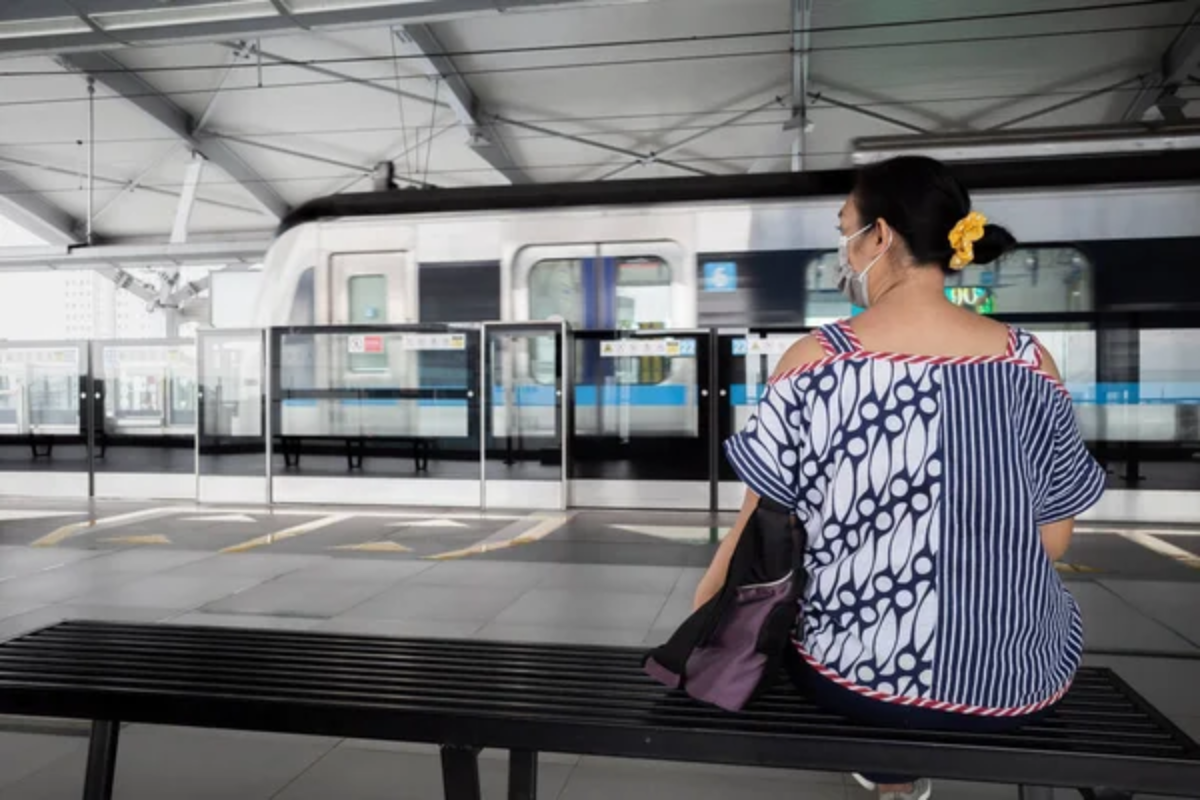
The weeks immediately before and after the high summer season deliver superior experiences with significantly reduced crowds. Late May and early June feature dramatic Alpine wildflower displays and rushing waterfalls from snowmelt.
Late September brings autumn colors to lower elevations while early snow dust mountain peaks. Shoulder season service schedules remain nearly identical to peak periods without requiring advance seat reservations on many routes.
The reduced passenger numbers allow easier movement between observation positions. Mountain weather remains generally stable during these periods while avoiding summer haze that reduces photographic clarity.
Like Travel Pug’s content? Follow us on MSN.
Learn Basic Railway Photography Techniques
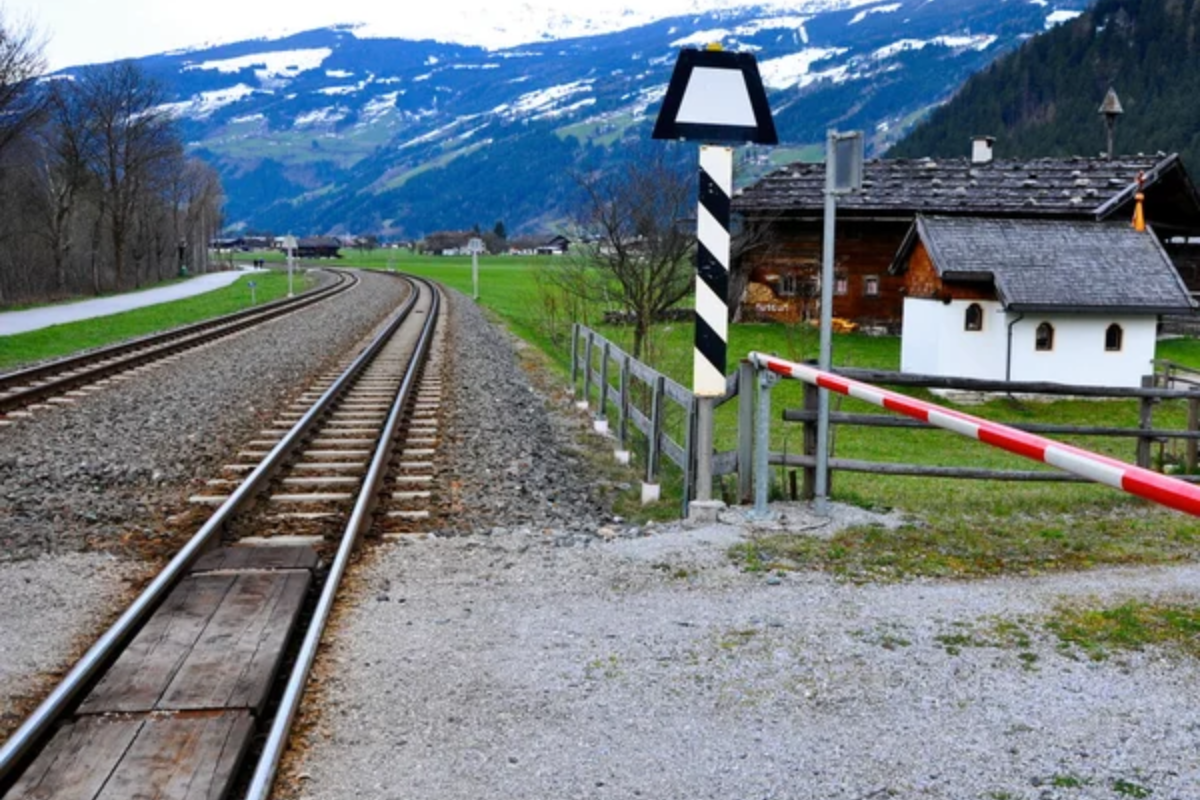
Several simple adjustments dramatically improve photographs taken from moving trains. Setting cameras to shutter priority mode with 1/500 second or faster prevents motion blur even through telephoto lenses.
Polarizing filters reduce window reflections and enhance sky contrast against snow-covered peaks. Positioning lenses directly against glass eliminates most reflection problems while stabilizing the camera.
Switching autofocus to continuous tracking mode maintains sharp images as mountains move through the frame. These basic techniques significantly improve results without requiring professional equipment.
Utilize Luggage Transfer Services
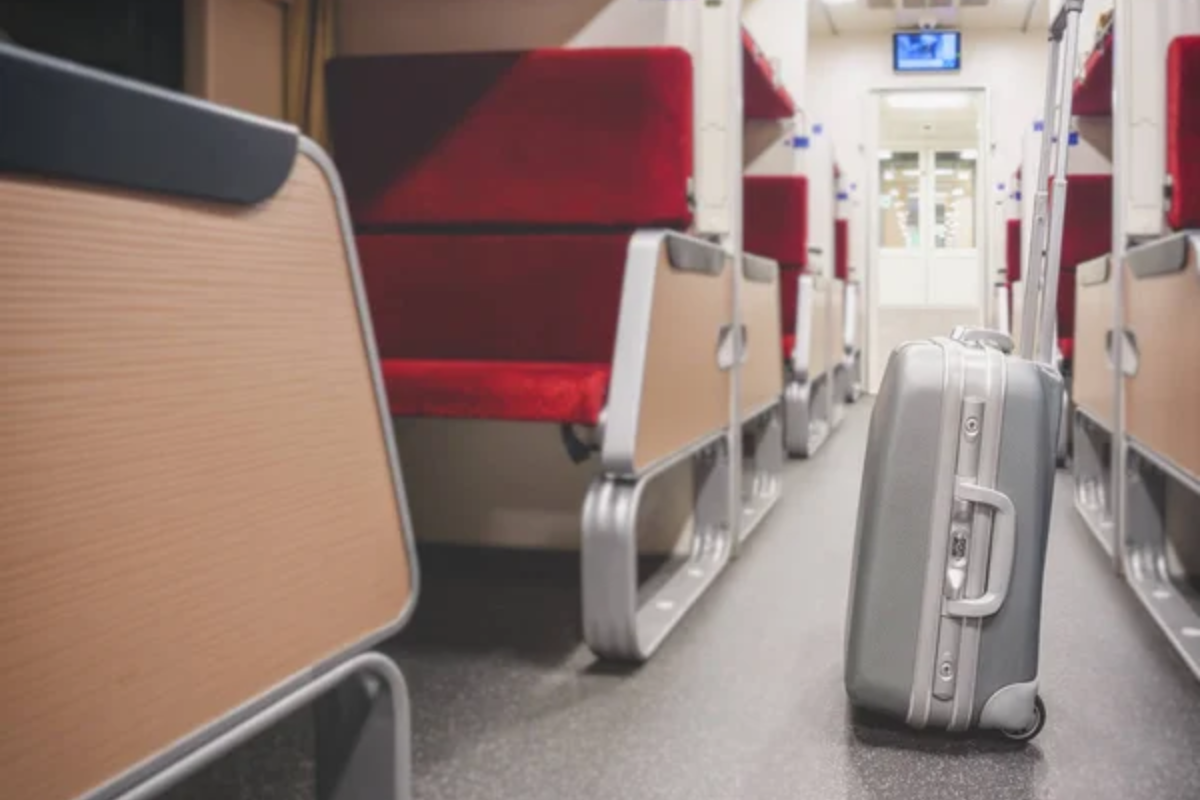
The Swiss railway system offers remarkably affordable luggage transfer services that eliminate dragging suitcases through scenic train transfers. The door-to-door service transports luggage directly between hotels throughout Switzerland for approximately 10 Swiss francs per item.
Express service delivers bags the same day between major destinations, while standard service requires overnight delivery. Traveling with just day packs allows utilizing last-minute schedule changes impossible when managing large luggage.
The service particularly benefits travelers combining train journeys with hiking segments requiring different equipment.
Research Engineering Marvels
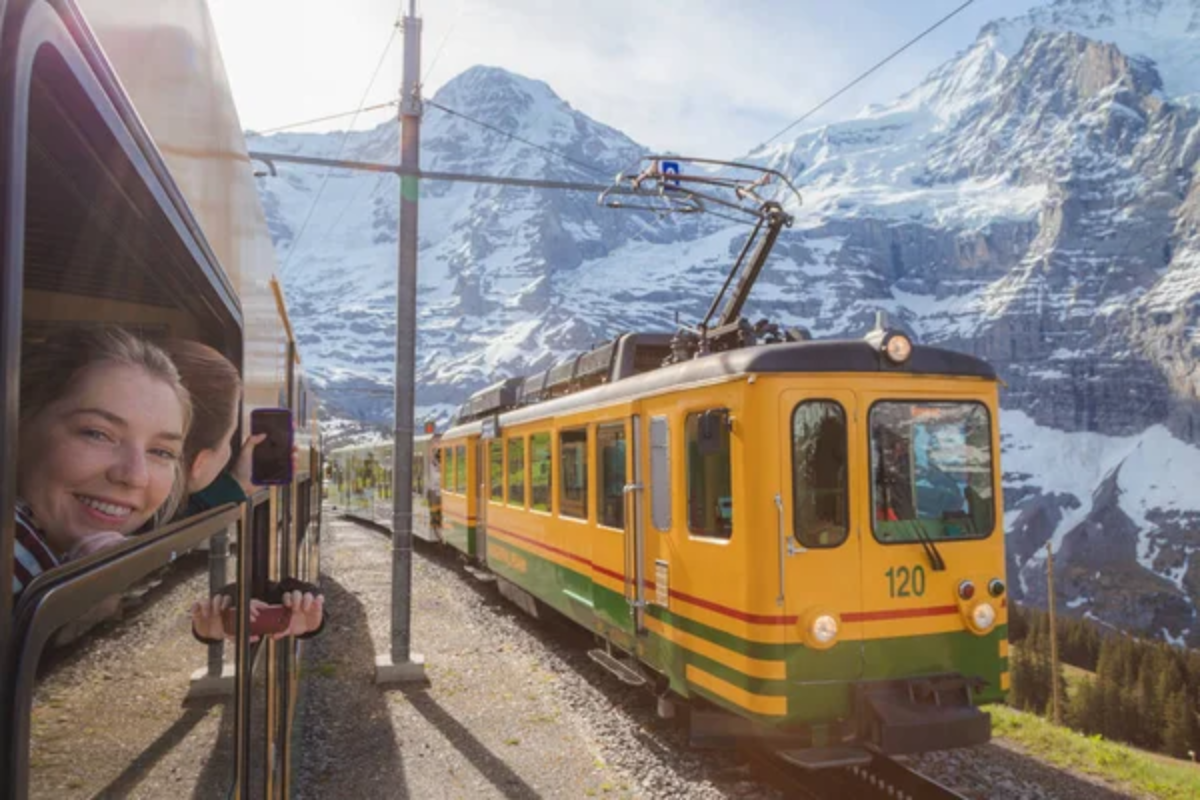
Understanding the remarkable engineering required to create Alpine railways transforms the journey beyond scenic appreciation. The spiral tunnels at Wassen allow trains to gain elevation within narrow valleys through corkscrew routes inside mountains.
The Landwasser Viaduct carries trains directly from tunnel mouth to tunnel mouth across a dramatic curved limestone bridge. The precise Swiss timekeeping resulted from railway requirements for coordinated operations through mountains.
Learning these stories reveals the human achievement behind seemingly impossible railway routes through hostile terrain.
Like Travel Pug’s content? Follow us on MSN.
Connect with Local Commuters

While tourist-oriented panoramic trains offer superior viewing, local commuter services provide authentic cultural experiences alongside mountain scenery. Regular commuter trains between Interlaken and Lucerne traverse spectacular landscapes while carrying farmers to mountain villages and students to regional schools.
The first-class sections of regional trains often remain nearly empty despite costing marginally more than second-class. Conversations with local passengers reveal insider perspectives on Alpine life impossible to gain through guidebooks.
The regional services operate with greater frequency than specialized tourist trains.
Use Unexpected Regional Routes
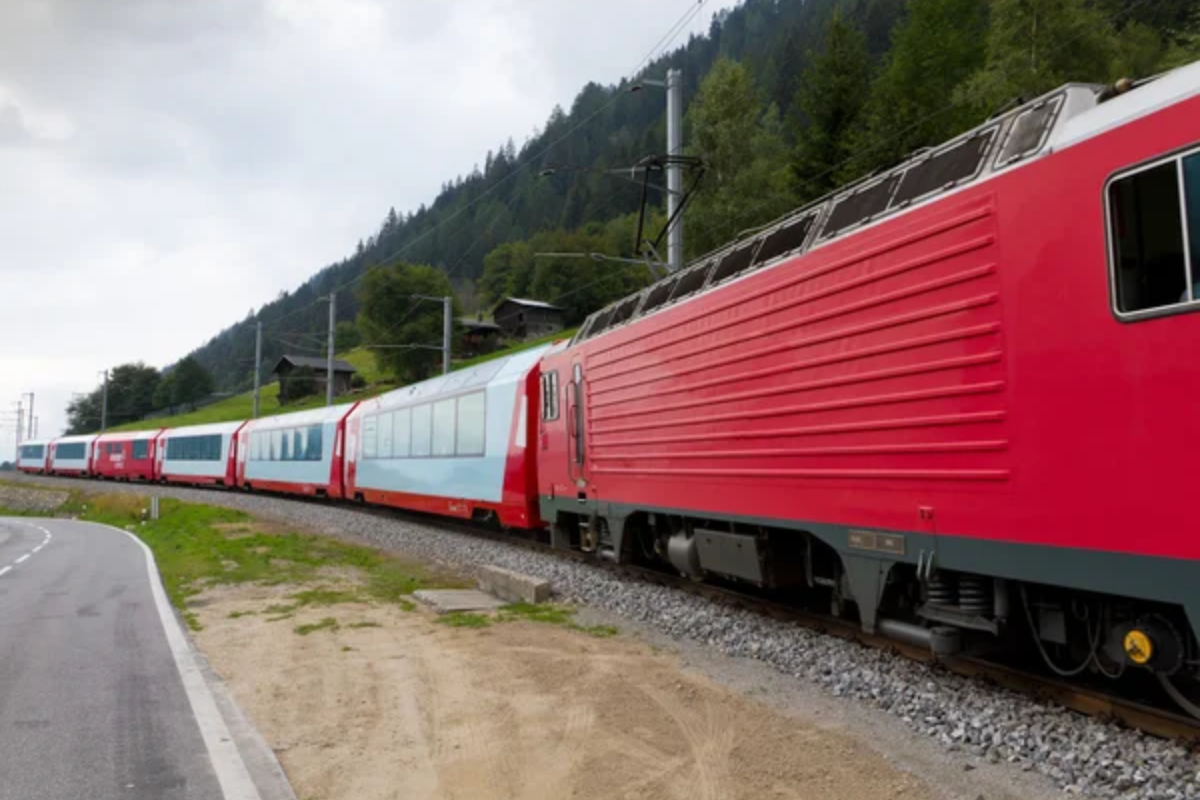
The heavily marketed panoramic lines represent just a fraction of Switzerland’s scenic railway network. The Centovalli Railway between Locarno and Domodossola winds through remote valleys rarely visited by international tourists.
The Brünig Pass railway connects central Switzerland with Interlaken through remarkable woodland terrain. The Palm Express combines postal buses with regional trains through Italian-speaking valleys with Mediterranean vegetation beneath Alpine peaks.
These lesser-known routes often cost significantly less than premium services while offering equally spectacular scenery without requiring reservations.
Embracing Slow Travel Through Alpine Landscapes
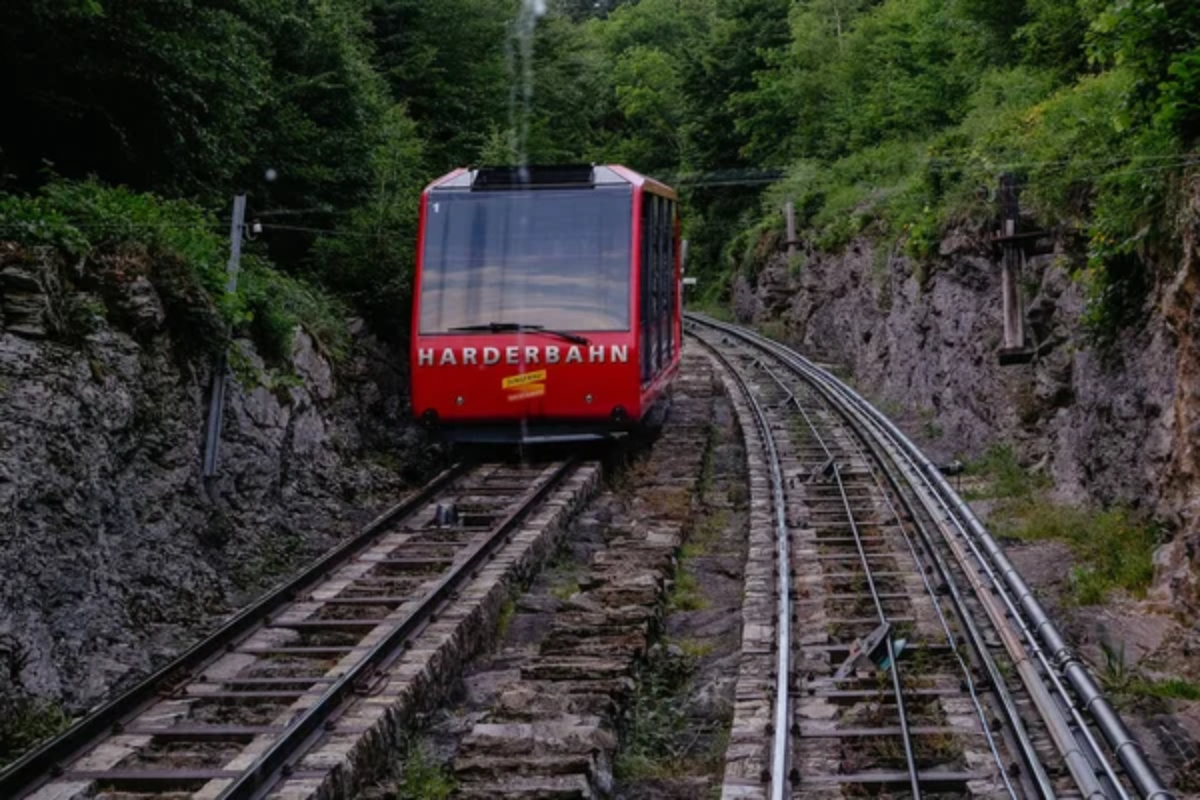
The Swiss railway system offers more than transportation between destinations—it provides extraordinary experiences through landscapes impossible to access by other means. These thirteen approaches transform standard train journeys into multidimensional adventures connecting travelers with Alpine environments, Swiss culture, and remarkable human engineering achievements.
The rhythmic progression through tunnels and across viaducts creates a meditation on human ingenuity against the backdrop of Europe’s most dramatic mountain ranges. The journey itself becomes the destination when approached with intention rather than merely endured between arrival points.
Like Travel Pug’s content? Follow us on MSN.
More from Travel Pug

- Cities Growing so Fast You Won’t Recognize Them in 10 Years
- 13 Destinations Where Tourists Regularly Regret Their Trip
- 20 Obscure WWII Sites Even History Buffs Don’t Know About
- 10 Under-the-Radar Mountain Towns That Are Both Affordable and Beautiful
- Remote Villages in Europe Where You Can Live for Free in Exchange for Work
Like Travel Pug’s content? Follow us on MSN.
